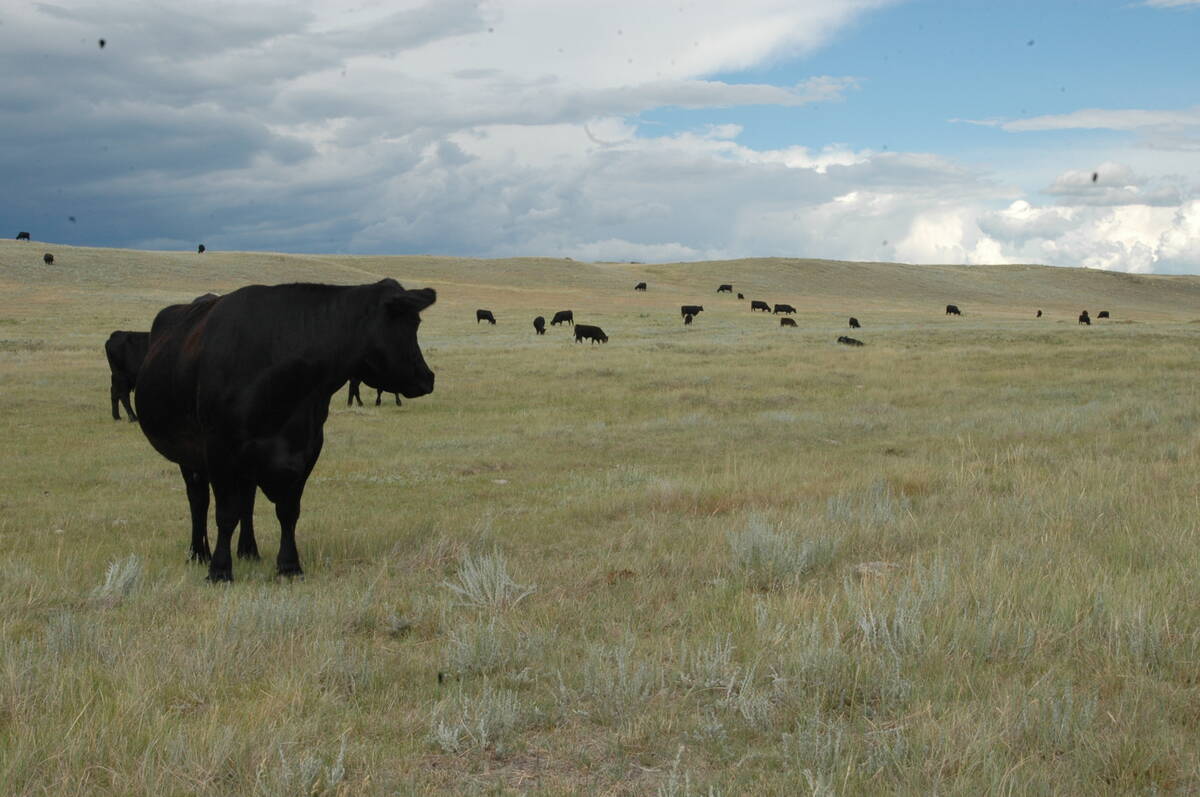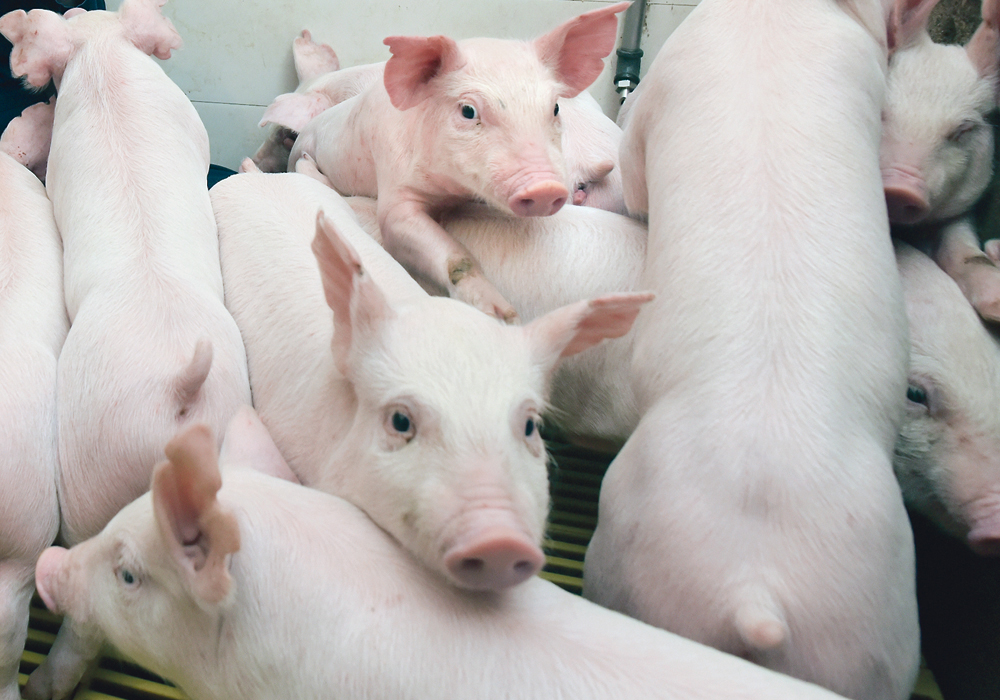As a swine veterinarian, I think of myself as a disease detective. Investigating root causes of poor health on farms, many of which are not obvious, is part of my job.
Let’s consider an example of a farm experiencing an increase in scours in newborn piglets.
Diseases, including diarrhea, are never a random event. Asking the right question is imperative: What has changed?”
A farmer calling about a scour flare-up will need to have basic information ready. Questions will need to be answered.
Read Also

Saskatchewan Cattle Association struggles with lower marketings
This year’s change in the provincial checkoff has allowed the Saskatchewan Cattle Association to breathe a little easier when it comes to finances.
- When did it start?
- How many pigs are scouring?
- How old are they?
- Is it occurring mainly in gilt litters?
- Are piglets dying or just scouring and recovering?
After establishing an initial treatment plan, often requiring the help of a diagnostic lab, we get busy trying to answer the overarching question, “what has changed?” If disease is not random, something must be different at the farm to allow the scours to start.
The principles of diarrhea in piglets are important to understand when investigating scours. First, to develop diarrhea, the pig must “eat” the scour bug. At birth, the piglet has a sterile intestinal tract. There are no pathogens present inside the stomach or intestinal tract.
The pig is also born without protection to scours-causing organisms, or any pathogens for that matter. From an immune standpoint, they are a clean slate. Two things will happen immediately; piglets (should) begin suckling mother and the piglet will begin “eating” the bacteria and viruses that happen to be in its environment, on the sows’ skin, farrowing crate floor, and other piglets. The first milk a piglet receives, called colostrum, is a 16 percent protein concoction that is packed full of protective antibodies and immune cells from mother. The antibodies, mainly in the form of Immunoglobulin-G (IgG), are absorbed by the piglet in the first 24 hours after birth and will circulate around the piglet’s body. This is one form of passive immune protection the piglet gets from mother.
The colostrum will begin being replaced in 24 to 48 hours by regular sows’ milk, which is only six percent protein, but still containing antibodies, now in the Immunoglobulin-A form (IgA).
These antibodies are different than IgG and will remain in the intestine, not being absorbed into the piglet’s body. This is important because when the piglet “eats” the scour bugs, the IgA antibody is present in the intestine to “mop up” organisms and not allow those bacteria and viruses opportunity to infect the piglet.
Provided the piglet continues to take regular feedings (about once per hour), the intestines are bathed in IgA and this is another important aspect of passive immune protection from the mother.
The notion of passive immunity can break down for the piglet in two main ways. First, did the piglet drink the milk (with IgA) in the first place? Obviously if there is no milk in the belly, there is also not going to be any IgA present.
Second, was there specific IgA in the milk to target those specific farm scour bugs to begin with? If the milk is present in the belly of the piglet, but the milk is missing the specific antibodies, there will not be any protection.
Now we go back to our original line of questioning: has something changed on the farm that would impair piglets from getting milk?
Let’s first consider the sow. Did the sow stop eating because of a feed ingredient issue, mould toxins or hot weather that might make her milk production stop or decrease? Did we not see that her feeder or her water source was plugged? Is the sow lame or have other health challenges, like a flu infection, that make her less likely to nurse her litter? Did we have a higher number of gilts (first litter mothers) farrow in this group of sows, which often do not milk as well as a seasoned sow, nor do first parity sows have the same level of IgA present in their milk as a mature sow.
Now let’s consider piglet factors that could change on a farm that could reduce the amount of milk in bellies.
As farm productivity improves, more piglets being born may lead to not having enough teats to go around. Every piglet needs its own teat. Farms need to focus a lot on the number of functional teats every sow has, trying not to allow her to suckle more than that number of piglets.
Lastly, did something change on the farm, leaving not enough IgA or the wrong specific type of IgA in the milk? Despite drinking milk every hour, the piglet still scours.
Maybe a new pathogen has entered the farm and the sow has not been exposed or vaccinated to this specific organism. She can only put IgA antibodies into her milk if she has been exposed to the organism or vaccine.
Did the group of sows miss their vaccination dose for some reason, or other sow health challenges impair her ability to respond to the vaccine?
Asking the right question is key to any disease investigation.
Of course, asking “what’s changed” isn’t quite enough. One must always verify the answers, as all good detectives would.
Blaine Tully is a veterinarian and owner of Swine Health Professionals Ltd. in Steinbach, Man.















